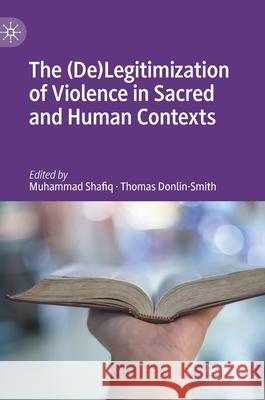The (De)Legitimization of Violence in Sacred and Human Contexts » książka
topmenu
The (De)Legitimization of Violence in Sacred and Human Contexts
ISBN-13: 9783030511241 / Angielski / Twarda / 2021 / 346 str.
The (De)Legitimization of Violence in Sacred and Human Contexts
ISBN-13: 9783030511241 / Angielski / Twarda / 2021 / 346 str.
cena 562,23
(netto: 535,46 VAT: 5%)
Najniższa cena z 30 dni: 539,74
(netto: 535,46 VAT: 5%)
Najniższa cena z 30 dni: 539,74
Termin realizacji zamówienia:
ok. 22 dni roboczych.
ok. 22 dni roboczych.
Darmowa dostawa!
Kategorie:
Kategorie BISAC:
Wydawca:
Palgrave MacMillan
Język:
Angielski
ISBN-13:
9783030511241
Rok wydania:
2021
Wydanie:
2021
Ilość stron:
346
Waga:
0.59 kg
Wymiary:
21.01 x 14.81 x 2.24
Oprawa:
Twarda
Wolumenów:
01
Dodatkowe informacje:
Wydanie ilustrowane











